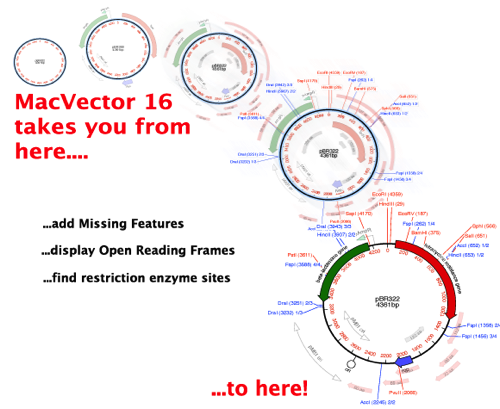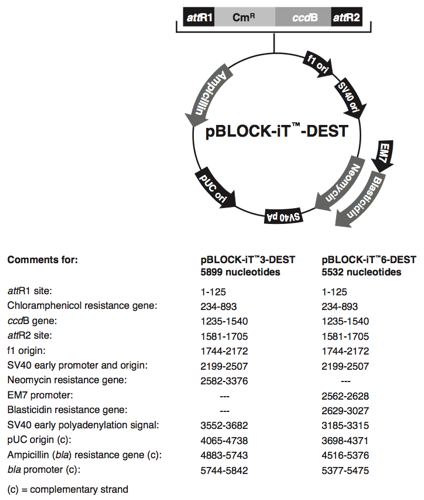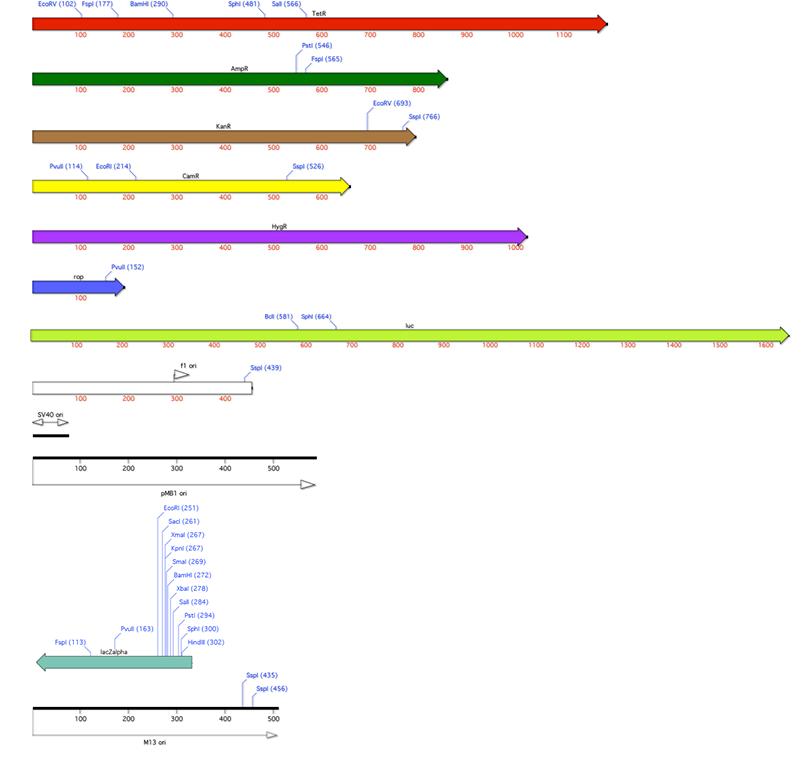

Additionally, Cenote-Taker 2 performs better for discovery of viral sequences in complex datasets, with lower false positive and false negative rates than comparable tools.Ī basic run of Cenote-Taker2 requires only a file of contigs from any biological source and a file with metadata that enables submission of annotated sequences to GenBank. Cenote-Taker 2 outpaces other currently available annotation tools, providing information for a higher percentage of genes with a higher degree of accuracy, especially for virus hallmark genes, and producing human-editable genome maps that can be opened in any number of genome viewers. The wiki contains a section on suggested parameters for different data types.
#Annotate sequence macvector free#
It is available for use on Linux terminal and as a graphical user interface (GUI) with free compute cluster usage on CyVerse. Cenote-Taker2 is a more flexible tool that enables the discovery and annotation of all virus classes with DNA or RNA genomes, starting from genomic, metagenomic, transcriptomic, and metatransciptomic assemblies. This manuscript presents version 2.0 of our Cenote-Taker pipeline, which was originally geared toward elementary annotation of viruses with circular DNA genomes 12. a mitovirus replication protein (ABK28172) is annotated as an Arabidopsis thaliana protein of “unknown” function. Relatedly, viral genes and genomes are often misidentified as host sequences 11. The error has been propagated into more recently deposited bidnavirus sequences (e.g., AWB14612, QJI53745). One random example is accession number YP_009506243, which is annotated as a densovirus virion structural protein despite the fact that it is clearly a bidnavirus type B DNA Polymerase. An even deeper problem is the misannotation of some existing GenBank entries. To list a few, determination of genome topology, accurate calling of open reading frames, determining the virus-chromosome junction in integrated proviruses, resolution of taxonomy, and, especially, accurate annotation of highly divergent homologs of known genes all present technical hurdles 10. Each of these tools has pitfalls that can lead to false positives or false negatives and some tools are limited by minimum sequence length or are only geared to detect a limited range of virus families.īeyond discovery and detection, de novo annotation of contigs representing viruses presents a number of challenges. Strategies include detection of hallmark genes conserved within known virus families (but absent in cellular genomes) 4, 5, detection of short nucleotide sequences believed to be enriched in viruses 6 (or other machine learning approaches 7, 8), or the ratio of genes common to virus genomes versus genes common to non-viral sequences 9.


Several tools have been developed to detect virus sequences in complex datasets. Sequence space thus covers at, at best, 0.0001% of the virosphere. Finally, at least hundreds of millions of virus species are likely to exist on Earth 2, but sequences for only tens of thousands of virus species are deposited in the central GenBank virus database and fewer than 10,000 virus species exist in the authoritative RefSeq database 3. Further, there are no universal genes found in all viral genomes that could be used to probe complex datasets for viruses, whereas cellular genomes can be detected through PCR targeting ribosomal genes and alignment of sequences to other single-copy marker genes 1. For example, animals and bacteria share homologous genes with more amino acid identity than even the most-conserved genes in some virus families (for example, GenBank sequences: polyomavirus Large T antigen and 60S ribosomal protein L23 ). Virus hunters have a challenging signal-to-noise problem to consider. We expect Cenote-Taker2 to facilitate virus discovery, annotation, and expansion of the known virome. The outputs include readable and interactive genome maps, virome summary tables, and files that can be directly submitted to GenBank. Additionally, Cenote-Taker2 uses a flexible set of modules to automatically annotate the sequence features of contigs, providing more gene information than comparable tools. Cenote-Taker2, a virus discovery and annotation tool available on command line and with a graphical user interface with free high-performance computation access, utilizes highly sensitive models of hallmark virus genes to discover familiar or divergent viral sequences from user-input contigs. Additionally, many viruses deposited in central databases like GenBank and RefSeq are littered with genes annotated as “hypothetical protein” or the equivalent. Indeed, the vast majority of the perhaps hundreds of millions of viral species on the planet remain undiscovered. Viruses, despite their great abundance and significance in biological systems, remain largely mysterious.


 0 kommentar(er)
0 kommentar(er)
